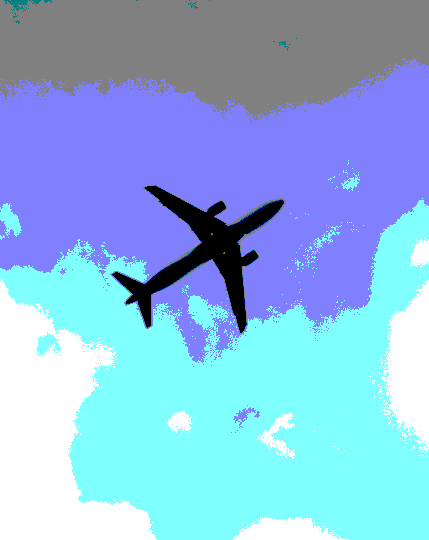NASA coding for flight fuel cut
 A new project by software engineers at NASA seeks to cut fuel use by improving operations.
A new project by software engineers at NASA seeks to cut fuel use by improving operations.
Two passenger airlines in the US will soon test NASA-developed software designed to help air carriers save time and reduce fuel consumption and carbon emissions.
Virgin America and Alaska Airlines have signed up for a three-year trial of the Traffic Aware Planner (TAP) application, to make “traffic aware strategic aircrew requests” (TASAR).
“TAP connects directly to the aircraft avionics information hub on the aircraft,” said David Wing, TASAR project lead at NASA’s Langley Research Center in Hampton, Virginia.
“It reads the current position and altitude of the aircraft, its flight route, and other real-time information that defines the plane's current situation and active flight plan. Then it automatically looks for a variety of route and/or altitude changes that could save fuel or flight time and displays those solutions directly to the flight crew.”
TAP also can connect with the plane's Automatic Dependent Surveillance-Broadcast (ADS-B) receiver and scan the ADS-B signals of nearby air traffic to avoid potential conflicts in any proposed flight path changes, making it easier for air traffic controllers to approve a pilot's route change request.
For airlines with Internet connectivity in the cockpit, TAP also can access information - such as real-time weather conditions, wind forecast updates and restricted airspace status - to further increase flight efficiency.
The software is loaded onto a tablet computer, which many airline pilots already use for charts and flight calculations.
Even four minutes of flight time shaved off of each leg of a trip made by an airline could result in massive fuel and time savings, according to researchers.
The software provided similar results as flight tests continued, while a second round of flight tests was recently completed to ensure readiness for operational use by partner airlines.
“Up until now there has been no way to deliver comprehensive wind and congestion data to pilots in near-real time,” said Tom Kemp, Alaska Airlines’ vice president of operations in Seattle, Washington.
“TASAR is a 'super app' that will give our pilots better visibility to what’s happening now versus three hours earlier when the flight plan was prepared.”
Developers say the new technology will not require changes to the roles and responsibilities of pilots or air traffic controllers, which would allow the system to be implemented fast and start producing benefits right away.
“The system is meant to help pilots make better route requests that air traffic controllers can more often approve,” said Wing.
“This should help pilots and controllers work more effectively together and reduce workload on both sides from un-approvable requests. TASAR takes advantage of NASA's state-of-the-art TAP software, flight information directly from the aircraft and the emerging ADS-B and Internet infrastructure to help pilots get approved to fly the most efficient or time-saving trajectory possible.”







 Print
Print